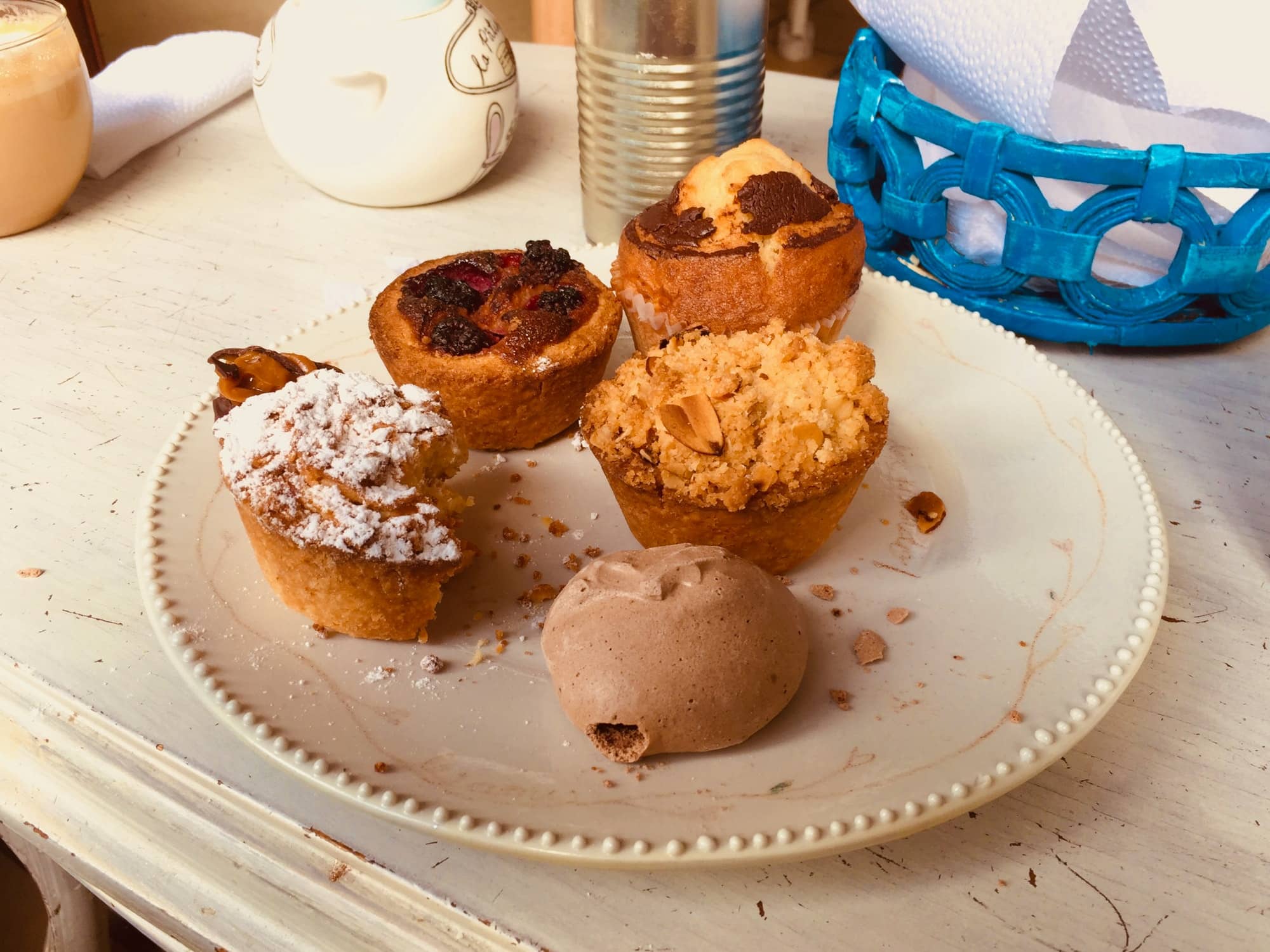What’s the Best Way to Bake a Classic British Pork Pie with Hot Water Crust Pastry?

Baking a classic British pork pie is an art. It’s a tradition that dates back centuries and is a staple in British cuisine. It’s not just about the taste; it’s about the experience and the process. The hot water crust pastry is the star of the show, and getting it right is crucial. This pastry is unique because it’s made with hot water, resulting in a sturdier crust that holds up to the hearty pork filling. Today, we’ll delve into the best way to bake a classic British pork pie with hot water crust pastry.
The Secret to Perfect Hot Water Crust Pastry
The hot water crust pastry is the cornerstone of the pork pie. It’s not your typical pie crust. It’s a sturdy, yet crumbly, crust perfect for holding the delicious pork filling. The method of making this pastry is what sets it apart.
Cela peut vous intéresser : Can You Make a Flavorful Miso Soup with Traditional Japanese Ingredients?
To make the hot water crust pastry, you will need flour, salt, water, and fat (usually lard). The process begins by heating water and fat until the fat melts, then this hot mixture is poured onto the flour. This process "cooks" the flour, allowing for a sturdier pastry ideal for meat pies.
When making the pastry, it’s vital to use the hot water and fat mixture immediately. When it cools, it becomes more difficult to handle. Once you’ve mixed your dough and allowed it to rest, roll it out to fit your pie tin, ensuring you have enough dough to cover the top of your pie.
Avez-vous vu cela : How Can You Perfectly Poach a Pear in Red Wine for an Elegant Dessert?
Crafting the Pork Pie Filling
The filling of a classic British pork pie is simple: quality pork and subtle, well-balanced seasoning. You’re not looking for an explosion of flavors here. Instead, you’re aiming for a robust and meaty taste with a hint of freshness from herbs.
The best cut for this pie is pork shoulder. It’s flavorful and holds up well during the baking process. The meat should be chopped, not minced, to give a chunky texture to the filling. Season it with salt, pepper, and a bit of sage for an earthy flavor.
Adding a bit of bacon to the mixture enhances the flavor. The smokiness of the bacon combined with the savory pork creates a deliciously complex taste. Remember, the key to a great pork pie filling is quality meat and balanced seasoning.
The Importance of Assembling and Baking
Once you have your hot water crust pastry and pork pie filling ready, it’s time to assemble the pie. The first layer of pastry should line the bottom and sides of your pie tin, followed by the pork filling. The pastry should then be folded over the top of the filling.
An essential part of this process is ensuring that no gaps or holes exist, as it can lead to leakage and a soggy bottom – a cardinal sin in pie baking. Brush the top of the pie with a beaten egg for a golden, glossy finish.
Baking the pie at a high temperature initially, then reducing the heat is crucial to achieve a perfectly baked pork pie. This method ensures that the crust is crispy and thoroughly cooked, while the meat inside remains juicy and tender.
Adding the Final Touch: The Jelly
The one component that sets British pork pies apart is the jelly. This is not your sweet fruit jelly, but a savory jelly made from stock. It’s poured into the baked pie, filling up the gaps between the meat and the pastry.
To make the jelly, you’ll need to simmer pork bones in water for several hours until the stock is rich and flavorful. Then, add gelatin to the stock and stir until it dissolves. Once your pie is baked, make holes in the top crust and pour the hot jelly in. As it cools, the jelly will set, providing a deliciously surprising element to the pork pie.
Serving Your Pork Pie
Now that you’ve baked your perfect pork pie, it’s time to enjoy it. Traditional British pork pies are often served cold, allowing for the flavors to meld together and the jelly to set completely. They make a wonderful addition to a ploughman’s lunch or as a standalone dish with a dollop of English mustard or Branston pickle.
Remember, baking a classic British pork pie with hot water crust pastry is a labor of love. It’s not just about following a recipe. It’s about the experience, the tradition, and ultimately, the satisfaction of biting into a deliciously baked pie. So, roll up your sleeves and get ready to bake – your perfect pork pie awaits.
Creating the Perfect Egg Wash and Baking Technique
The final steps in preparing your pork pie before it hits the oven are crucial. Applying an egg wash to the top of the pie creates a beautiful, shiny finish. This step isn’t just for aesthetics, though. The egg wash also helps seal the edges of the pie, preventing the filling from spilling out during baking.
To create the egg wash, simply beat an egg with a splash of milk. Then, using a pastry brush, lightly coat the entire top surface of your pie. Make sure to get into every nook and cranny, as this will help create a uniform golden-brown color.
The baking technique used for pork pies is slightly different from other baked goods. Initially, the pie is baked at high temperature. This initial burst of heat helps set the crust and give it a firm, crisp texture. After about 20 minutes, the temperature is then reduced to allow the filling to cook slowly, assuring the pork shoulder becomes tender and the flavors meld together.
A good rule of thumb is to bake the pie at 200 degrees Celsius for 20 minutes, then reduce the temperature to 180 degrees and continue baking for another hour. Remember to keep an eye on the pie during baking. If the crust starts to darken too much, you can cover it with some parchment paper to prevent it from burning.
Serving and Storing Your Hand Raised Pork Pie
Once your pork pie is baked, it’s essential to let it cool to room temperature before serving. Unlike many other pies, British pork pies are traditionally served cold. This allows the flavors to intensify and the jelly to set, giving you a firm, flavorful filling encased in a crisp, sturdy crust.
If you won’t be serving your pork pie immediately, store it in the refrigerator. The pie will keep for about a week. You can also freeze the pie for longer storage. Just be sure to wrap it well to prevent freezer burn and defrost it in the refrigerator before serving.
To serve, slice the pie into thick wedges and serve with some English mustard or Branston pickle on the side. The tanginess of the mustard or pickle cuts through the richness of the pie, making for a perfectly balanced bite.
Conclusion
Making a classic British pork pie with hot water crust pastry is not a task to be taken lightly. It requires patience and skill. But the result—a perfectly baked pie filled with savory pork, wrapped in a rich, crumbly crust and set with flavorful jelly—is worth every minute spent.
So, whether you are a seasoned chef or a home baker, roll up your sleeves, gather your ingredients and embark on the journey of baking this culinary masterpiece. Remember, it’s not just about the final product. It’s about the process, the labor of love that goes into each pie, and the satisfaction you feel when you take a bite of a pie you’ve made yourself. So, here’s to the love of baking, and here’s to the perfect pork pie. Enjoy!
